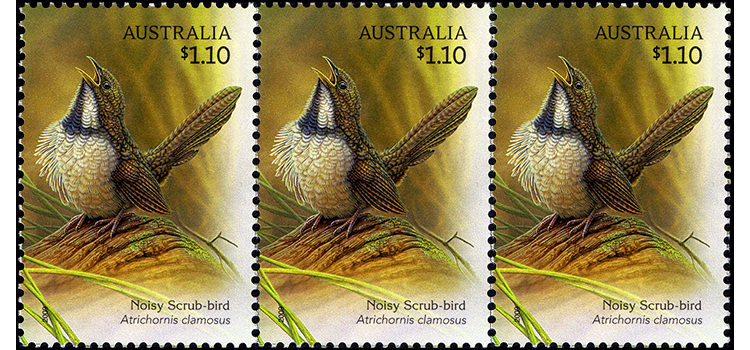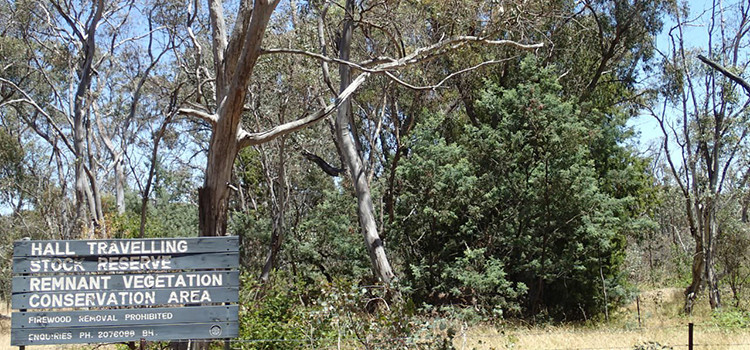Aboriginal custodians say a massive 2,000 square kilometres of eucalyptus viminalis, known as Manna Gum or Ribbon Gum, that has died on the Monaro Plains in New South Wales is the result of a lack of traditional burning practices.
Let’s not forget fuel?

Most firefighters will recognise the image (above), it is used in text books and in classrooms to teach the very basics of firefighting, you need all three sides of there fire triangle for fire to occur. We cannot control the heat of any given day, we cannot control how much oxygen is in the air but we can control many types of fuel loads.
Given that the fire triangle is such a simple and basic concept then why is the “F” word (Fuel) omitted from many news articles, papers and other references to the worsening bushfire threats to our communities. See the news examples in this post…
Who is to blame?
Is it the power company’s fault?
Is it the land managers fault for not reducing the fuel near the powerlines?
Is it the councils fault for not allowing sufficient fuel reduction?
Is it the Green’s fault for influencing the publics perception of bushfire mitigation?
What about lightening strikes, should we sue God for fires that are started by lightening? or
Is it time that we had a good hard look at ourselves and our environment and we get back to sound land management practices that include fuel reduction (quality burns)?
Our country needs to burn more – Indigenous fire manager

Indigenous burning is very distinctive, in purpose and method.
While Western cultures tend to focus on aftermath, its focus is on prevention: managing fuel loads and reading the land to ensure flora and fauna stay healthy.
Indigenous burning is cool: temperatures remain low so flames never reach the canopy.
“The canopy is whole other world,” says Steffensen. “The canopy is so important to us because that’s the life of the flowers, the fruits, the birds, the animals … that top canopy is very, very sacred and the simple rule is that it never burns.
“If you burn the canopy, then you have the wrong fire. Fire should behave like water, trickling through the country so it doesn’t burn everything.”
Traditional burns are also started from ‘fire circles’ and patterns that allow the fire to spread out in a 360 degrees radius. This allows animals to escape as they smell the smoke and keeps temperatures down, with only one fire front to manage.
Steffensen says this kind of fire knowledge has been lost over the centuries, both as a result of colonisation – the diffusion of knowledge throughout the stolen generations, the introduction of non-native weeds that spring up when the canopy burns – and of our migration towards cities. Even European pastoralists knew how to manage the land with fire, he says.
Line of Fire – SBS News

Congratulations to SBS insight for producing a brilliant program that is a “must see” for all Australians that want to see our environment protected.
By SBS Insight
Airdate: Tuesday, February 16, 2016 – 20:30 (click the read more button to view this program online)
Channel: SBS
I urge everyone to take the time to watch this program.
Feel free to add your feedback and comments below, we will publish any appropriate comments for the positives and negatives.
What would nature do if we weren’t here?

“Hotter temperatures, reduced rainfall in key seasons and worse fire weather, are all consistent with what is projected with climate change, particularly under a high-emission scenario,” said Michael Grose from the CSIRO.
David Bowman from the University of Tasmania said. “If there was something simple that could be done, it would be done.”
Indigenous Australians managed the land without bulldozers, large aircraft and huge budgets.
In terms of bush firefighting, a wise man once said “The only fires that humans can put out are the ones doing some good”.
The Noisy Scrub-bird (Atrichornis clamosus)

An interesting letter from a former employee of the Department of Conservation and Land Management in WA (now Department of Parks and Wildlife).
His story concerns a fire in the nature reserve at Mount Manypeaks, located about thirty kilometres east of Albany on the WA south coast. This is considered one of the State’s most important reserves, being home to the Noisy Scrub-bird (Atrichornis clamosus), one of our most endangered species. The Noisy Scrub-bird (NSB) was for many years considered extinct, but then a small remnant population was located at Two People’s Bay nature reserve in the 1960s. From here, birds have been successfully translocated to several suitable locations, including Mt Manypeaks, and this in time became the principal population of the species. Since they were originally rediscovered within bushland that had been long-unburnt, wildlife scientists concluded that the bird (which is ground-dwelling) would only survive if fire was permanently excluded from its habitat.
Fire exclusion thus became the policy for all reserves in which the noisy scrub-bird occurred.
Barry Aitchison OAM – Well Deserved

Barry Aitchison was awarded a Medal of the Order of Australia (OAM) in the general division as recognition for his service to the community of the Monaro.
Barry is well known and a highly respected former Fire Control Officer, Operations Officer and Firefighter who represented the Snowy River, Bombala and Cooma Monaro Fire Districts for well over 30 years.
Those who know Barry will be very pleased that this OAM has been awarded to most deserving bushman with a passion for the locals, the bush and its’ future.
Conservation? – I dont think so

Conservation Area = dying trees, weeds and extreme fire hazard.
Australian Bushfire Management – wisdom versus folly
This post includes the paper by Roger Underwood titled “Australian Bushfire Management: a case study in wisdom versus folly”.
The choices before us are straight-forward:
Do we (Australians) want our bushfire and land management planning done by professionals with front-line experience, or by campus intellectuals and ideologists?
Is it smarter to manage bushfire fuels by burning them at times of our own choosing when conditions are mild, or to stand back, do nothing and risk being engulfed by fire at the worst possible time?
If fires are inevitable, which is preferable:
A controlled or a feral fire?
And do we see humans as part of the ecosystem and plan accordingly, or do we see them as interlopers, as illegal immigrants in the Australian bush?
Do we opt for Wisdom or for Folly?
